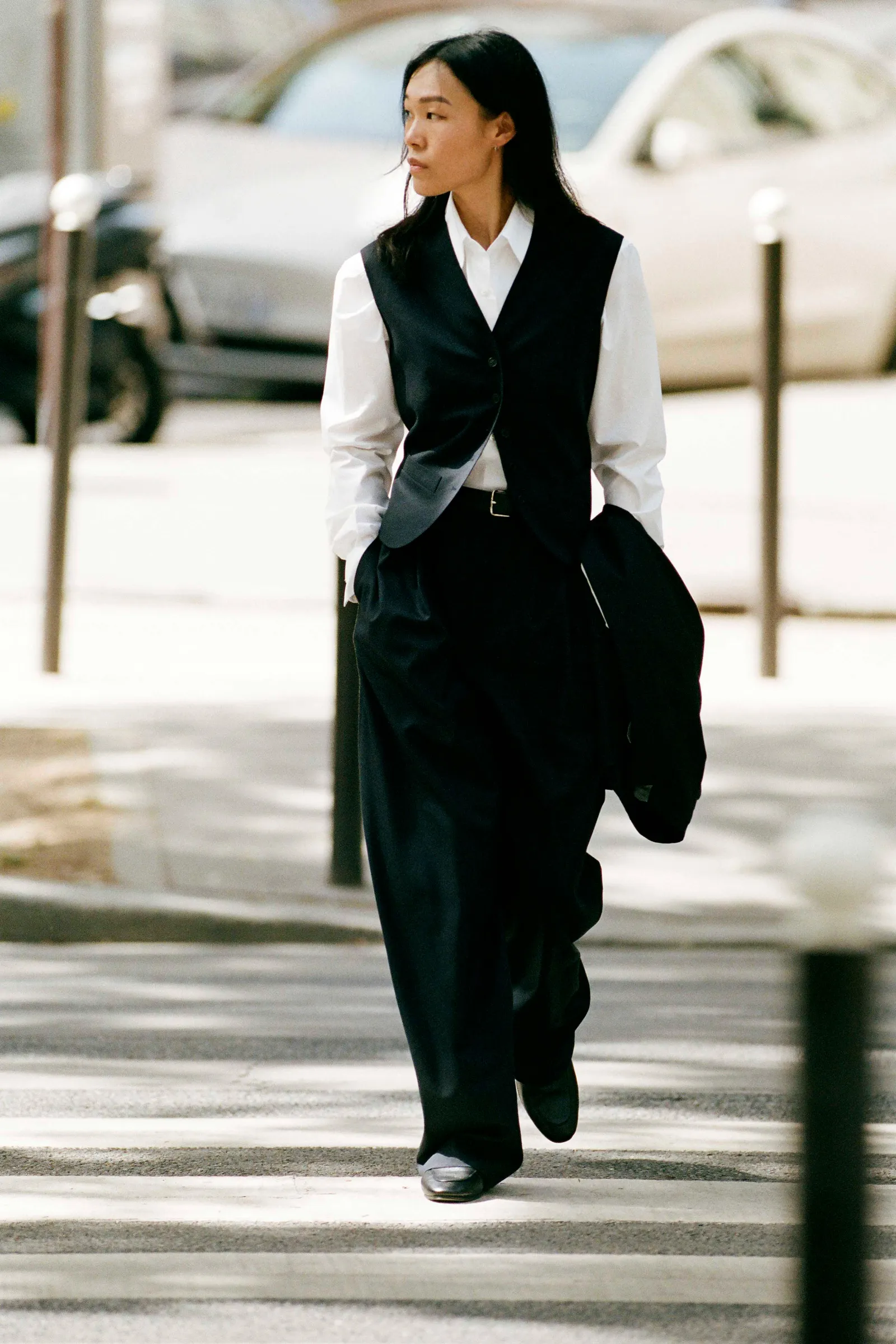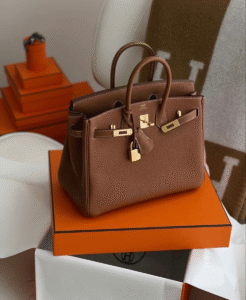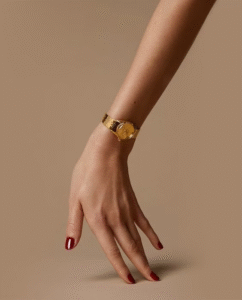Social media, nowadays, seems to have been hijacked by the recent ‘dupe’ culture. Influences across social networking sites have been posting their ‘dupe’ discoveries across a range of products, fashion, cosmetics, accessories etc.
The dupes mostly deal with the most well-known brands who offer products at a comparatively higher price point to a luxury price point, by providing their cheaper and more readily available alternatives.
WHAT IS A DUPE?
The literal meaning of a dupe is to ‘deceive’ or ‘trick’ however, recently it is being used as slang for faux luxury products or imitations of the product, available at a lesser price in the market.

Legally, there is no such thing as a dupe, however, the law recognizes counterfeit goods and prohibits their trade at all costs.
As per the International Trademark Association, counterfeiting includes any acts related to manufacturing, import, export, distribution and sale of consumer goods which are not genuine but are designed and branded to look identical to the authentic products in order to deceive consumers into believing that they are authentic.’
A Counterfeit may also include the act of affixing the ‘trademark or logo’ of a well-known brand in an unauthorized manner.
However, there is a significant difference between dupes and counterfeits as while, counterfeit goods are illegal and created in an unauthorised manner and a hassle for the brands to deal with, dupes are deemed to be imitations of the high-end luxury goods created by other smaller fast-fashion retail brands and are taken as flattery by the heritage brands.
For example, E.L.F. cosmetics has gained quite a reputation for creating dupes for high-end make-up brands such as Clinique. Another example is ZARA perfumes Creating dupes of designer fragrances which is ironic since ZARA must deal with third-party dupes of its fashion articles, especially Shein.
The reason for the demand for ‘dupes’ can be justified through the consumer preferences of the brand-conscious youth, who prefer to be branded stuff at cost-effective prices. Which is understandable, I mean isn’t it the dream of every one of us to put our best foot forward every time we step out of the house? A large part of this brand consciousness can also be attributed to social media but another factor which cannot be ignored is the psychological need to look after oneself, without having to feel guilty. But not everyone can afford these high-end brands, in which case dupes are necessarily a customer’s means of tricking themselves into making those buying decisions.
But the question remains ARE DUPES LEGAL?
Once again coming back to the legal perspective of what a dupe exactly is, one can deem it to be a very clever imitation of original products of high-end brands. The trick to not getting caught here is to carefully walk on the edges of any possible IP infringements and therefore, involves making minor changes to any such aspect, so as to distort the product while keeping true to its original aesthetic and essence, hence preventing any unwanted legal complications.
The world of Fashion has also believed in ‘borrowing’ or taking an ‘inspiration’ which is why the trends are often quite cyclic in nature and keep on propping up in the market every now and then with a few minor changes.
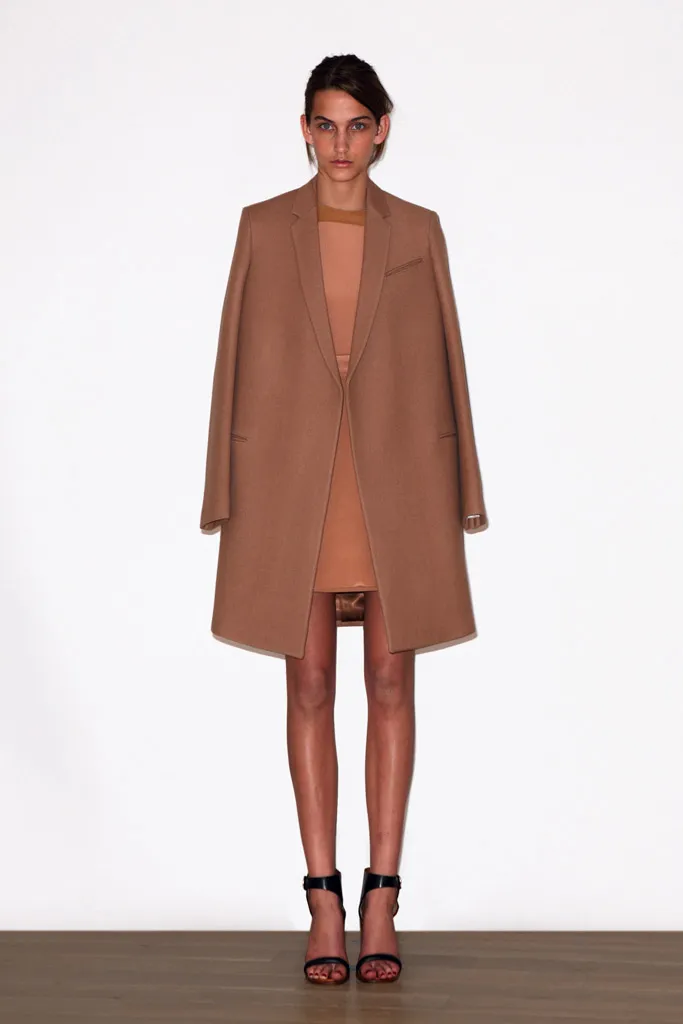
However, dupes seem to be the legal grey area when it comes to the world of IP protection and the dupe industry seems to have only expanded.
This is because applying Intellectual Property laws to the fashion industry is not an easy task. As everyone is aware fashion law relies a lot on referencing and oftentimes takes inspiration from each other, which makes it difficult to claim creation as a mere imitation. Usually, well-known designers and fashion houses brush off these attempts at imitation as ‘flattery’ as it also helps to bring their original creations back into the limelight and create an unattainable or exclusive image which is often associated with luxury brands.
From a legal perspective, the United States does not enforce the same strict laws regarding IP protection in the fashion industry as compared in the Entertainment & Media Industry. The two biggest issues in this regard are the exceptions of ‘useful article’ & ‘originality’ which make it difficult for designers to protect their work, because of the nature of their products as well as the referencing culture involved in the fashion industry.
According to an article by IP Briefs, the current U.S. copyright law does not provide adequate protection to the expression of art via clothes and accessories. It is very common for a bigger player in the market to mooch a small designer’s designs and relaunch them with minuscule differences, as in the case with dupes.
In the case of ‘dupes’ a trademarked brand may choose to litigate in case it feels that the product being created is indistinguishable from theirs, however, U.S. Courts seem to have found dupes legally permissible under “fair use”. It is explained that the brands can sell similar products as long as there is no deliberate confusion among the customers purchasing them. For example, E.L.F. blatantly calls out itself for creating “dupes” of high-end brands, advertising on the fact that it provides the same results at a lesser price.
Another aspect to be considered is the ingredients used to make up the product. For customer safety, makeup and cosmetics brands must provide a full list of ingredients and divulge any warnings on their labels. Comparing the ingredient lists of high-end makeup products with their store brand dupes can reveal significant differences among items, which presumably result in price differences.
WHY DUPE?
Dupes are created to sell inferior quality and, therefore, cheaper clothing off the back of an original garment’s popularity. Because of this, a defining factor of dupe production is fast turnaround time.
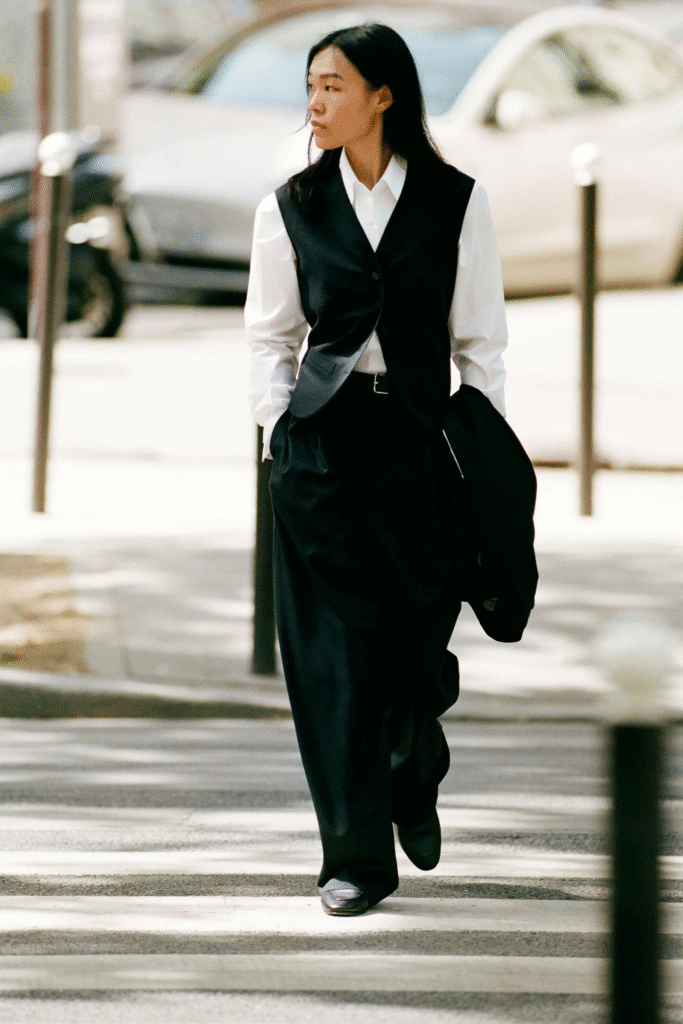
“The lack of design time, cheap manufacturing, and the reduced cost of an online presence over paid-for retail space, mixed with the guarantee people will lap up the clothing, means there’s little risk and immense reward. However, the original designer takes longer to deliver such items to stores and cannot justify slashing the price of their products. For consumers who have become accustomed to instant gratification, this is inconvenient. They don’t have the means to splash out or save up for a purchase, or wait months for a fit that just went down the runway.”
Most high-end brands are not affected by dupes as it does not affect their target audience, which has the power to buy their high-end products at their high-end prices and hence won’t be affected by the cheaper alternative.
However, the unethical p.o.v. behind the dupes is unveiled when it is the giant’s mooching off the small designers as in the case of, Bailey Prado who claimed to have been copied by Shein or Fisayo Klein who claimed to have been copied by BooHoo a fashion retail brand.
The thing to be noted is that these fast-fashion retailers mostly push off their responsibility over to their numerous and often fragmented suppliers hence escaping any liability or accountability by a narrow scape.
As a result, dupes currently lie in a very grey area, encouraging fast-fashion and banking on the branding and attainability factor of the “exclusivity” behind the products they “dupe”, but have proven to be a very lucrative business model for many fast-fashion and beauty retailers and even influencers. It’s suffice to say Dupes are here to stay for a long-long time despite the moral dilemma surrounding the same.

